Robert Kiyosaki, the investor and author of “Rich Dad Poor Dad,” has reaffirmed his deeply bearish macroeconomic outlook, warning of an “impending economic downturn.” He is positioning for this potential “crash” by aggressively accumulating hard assets, setting ambitious 2026 price targets of $250,000 for Bitcoin and $27,000 for gold, arguing that “real money” is the only rational hedge.
The “Fake Money” Thesis
Kiyosaki’s investment strategy, detailed in a recent social media post, is a direct counter-position against the U.S. Federal Reserve and Treasury. He stated he is “buying, not selling” hard assets as he believes the U.S., which he calls the “biggest debtor nation in history,” is servicing its debts by “printing fake money.” This policy, in his view, punishes savers and debases the currency, making “savers are losers” a core tenet of his thesis.
His $250,000 Bitcoin ($BTC$) target is predicated on its role as a decentralized, finite alternative to this system. His $27,000 gold target, which he credits to economist Jim Rickards, follows the same logic. His conviction is rooted in classic economic principles, including Gresham’s Law, which states that “bad money drives out good.”
Expanding to Ethereum on Utility
Notably, Kiyosaki has expanded his hard asset basket to include a more aggressive position on Ethereum ($ETH$). He cited analysis from Fundstrat’s Tom Lee, highlighting Ethereum’s foundational role in the rapidly growing stablecoin ecosystem. This utility, he argues, gives the network immense value based on Metcalfe’s Law, which ties a network’s value to the number of its users. This inclusion signals a sophisticated view that recognizes both scarce “store-of-value” assets and high-utility networks as critical components of the next financial system.
On-Chain and Macro Headwinds Concur
Kiyosaki’s macro sentiment is supported by both technical and macro-analytic data. Market analytics platform Crypto Crib noted that Bitcoin’s Market Value by Realised Value (MVRV) ratio has recently cooled off to 1.8. This level historically suggests the market is no longer in “euphoria” territory and has often preceded significant price rebounds of 30–50%.
Furthermore, former BitMEX CEO Arthur Hayes recently outlined a similar macro thesis, arguing that surging U.S. government debt will force the Federal Reserve into a form of “stealth quantitative easing (QE)” through its Standing Repo Facility to maintain liquidity. This injection of liquidity, even if not officially labeled as QE, is widely viewed as a powerful tailwind for scarce assets like Bitcoin.
While Kiyosaki’s price targets remain highly ambitious compared to current levels (BTC at $102,679, ETH at $3,350), his “buy-the-dip” strategy is clear. It reflects a growing conviction among macro investors that, regardless of short-term volatility, the long-term beneficiaries of persistent inflation and unsustainable sovereign debt will be the foundational assets of the digital economy.





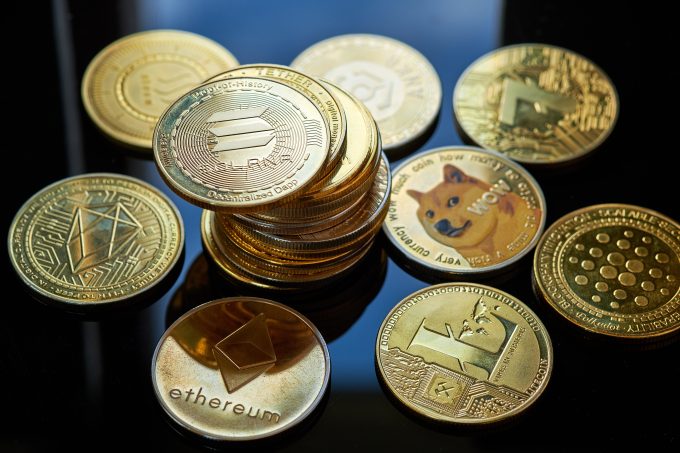
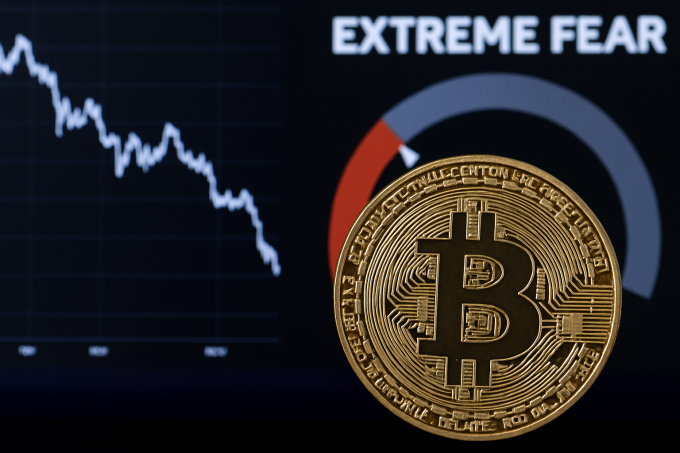
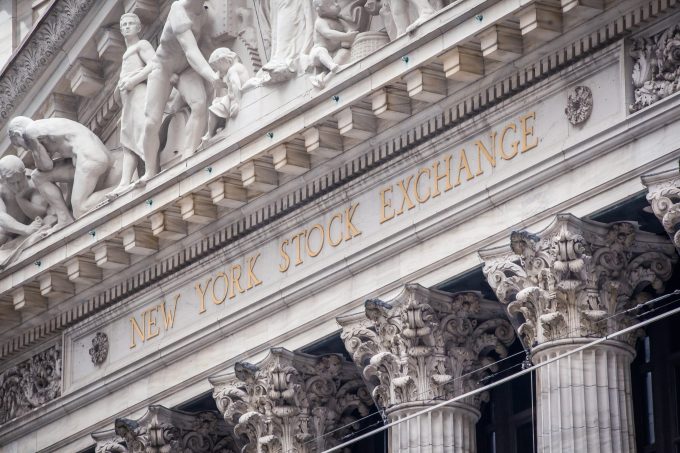

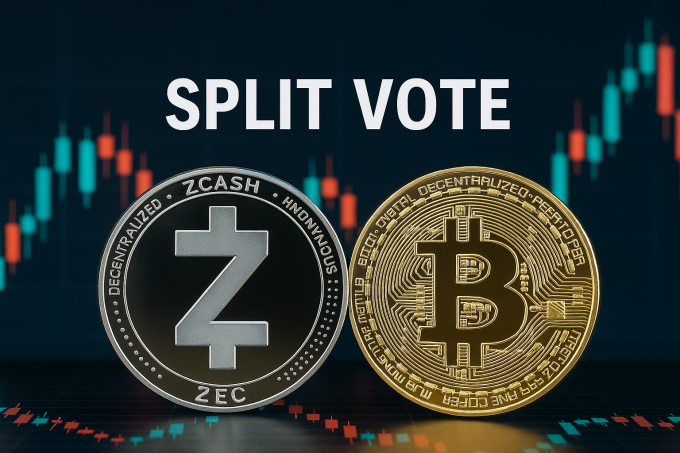
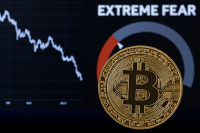


Leave a comment